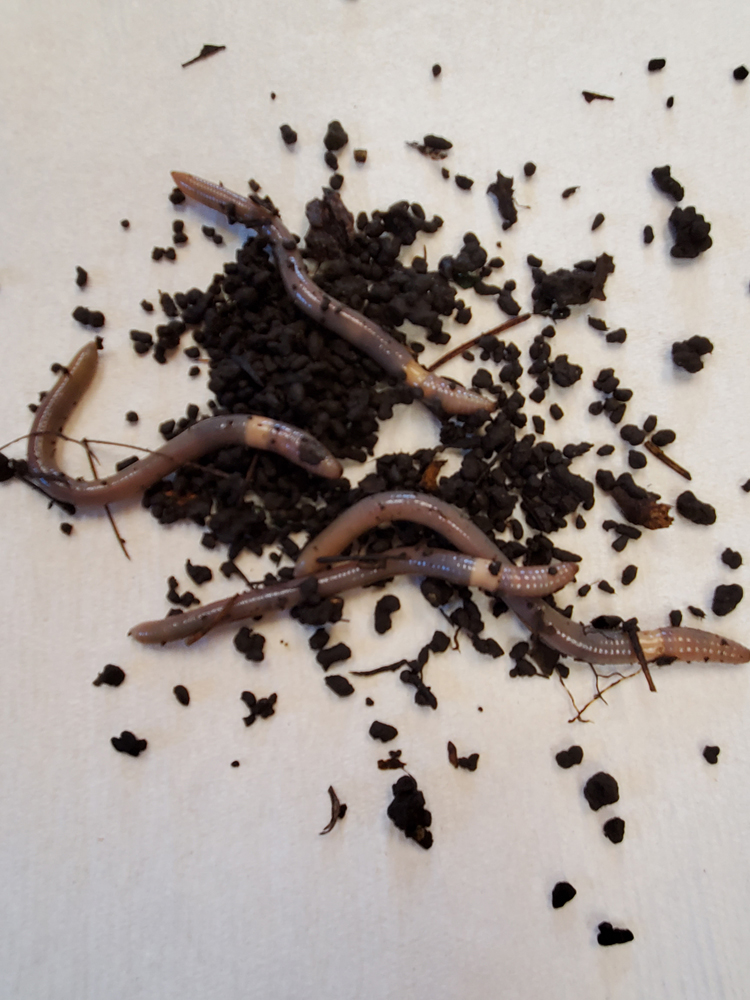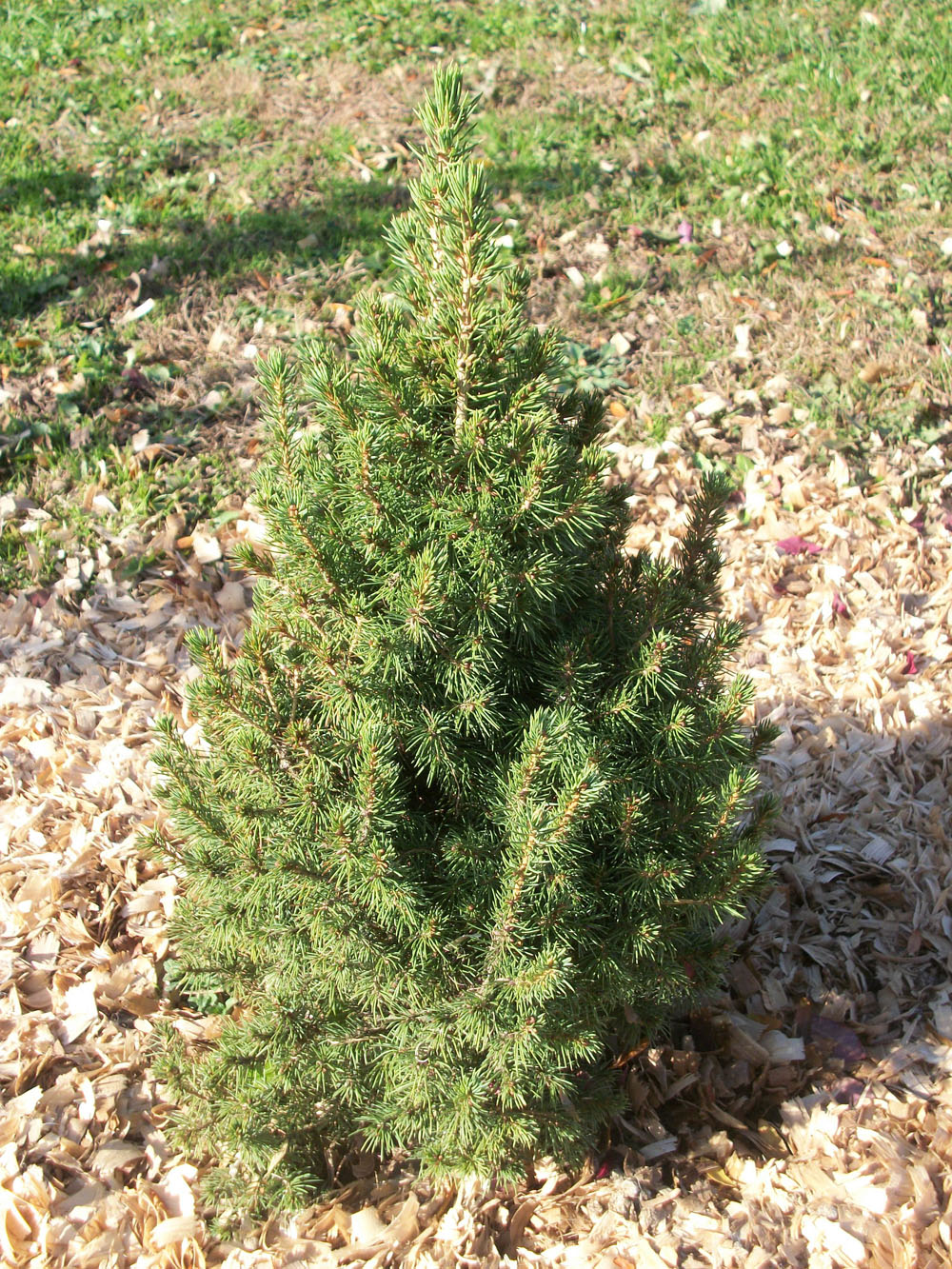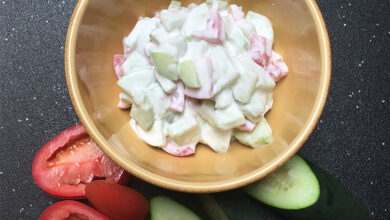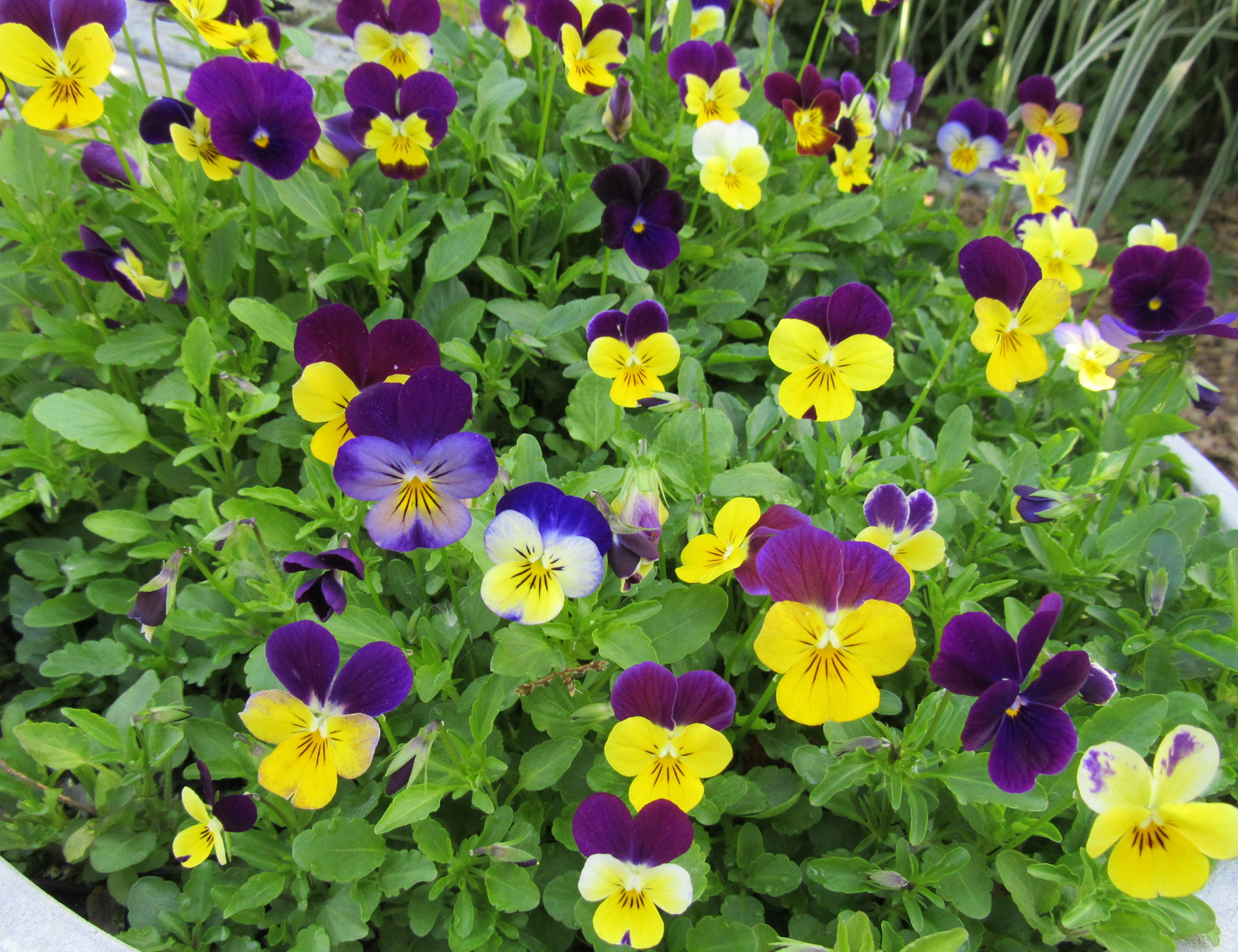Invasive Asian jumping worms

Invasive Asian jumping worms are being found increasingly here in New York State, and home gardeners should be on the lookout to help minimize the spread and take initiative. The NYS Department of Environmental Conservation says the jumping worms, sometimes called crazy worms, are native to Asia.
They can be found primarily in the top layers of soil, where they do damage by consuming the upper organic layer of soil, leaching nutrients, and turning topsoil into a texture similar to coffee grounds. This makes it difficult for trees, garden plants, and lawns to grow as the soil nutrients they need are not available.
To tell the difference between Asian jumping worms and European earthworms that normally are a welcome sight in your garden, look closely at the worm’s clitellum or collar. Jumping worms have a distinctive milky-white collar close to the head and flush with their bodies.
According to the New York Invasive Species Research Institute’s Jumping Worm Outreach, Research & Management Working Group, Asian jumping worms are spread by humans unknowingly via egg cases in soil, mulch, potted plants, landscaping equipment, and even on shoe and tire treads.
Jumping worms have an annual life cycle. In the spring, they hatch from tiny, poppy-seed-sized cocoons and mature in 70 to 90 days. In late fall, adults die, leaving new cocoons to overwinter for the next generation. It is most easy to recognize the adults at this time of year. In addition to their smooth milky-white collar, jumping worms live up to their name by thrashing wildly when disturbed – they can jump and flip over and even cast off the end of their tail. Their castings (droppings) look like coarse coffee grounds, which create a loose layer between leaf litter and mineral soil beneath.
To help minimize the spread, do not buy or use jumping worms for bait, vermicomposting, or gardening. It is possible that purchased earthworms may be mislabeled, so it is important to recognize jumping worms by their appearance and behavior. Carefully check new mulch, compost, and soil for jumping worms and cocoons. Purchase mulch, compost, and soil that has been heated to appropriate temperatures and duration following protocols for reducing pathogens – 104 to 130 degrees F for three days is sufficient. Check the soil and roots of potted plants or trees for jumping worms or castings before planting in your yard. If you find jumping worms in materials you have purchased, dispose of contaminated soil and castings in the trash. You can kill the worms by freezing or by leaving them in a bag in the sun – then discard them. Worms may also be killed using vinegar or rubbing alcohol.
If you have jumping worms on your property, minimize sharing and moving plants. If you do move or share plants, wash the roots and share them bare-root or repotted in sterile potting soil.
To report jumping worms, take a picture and report the sighting to www.nyimapinvasives.org





